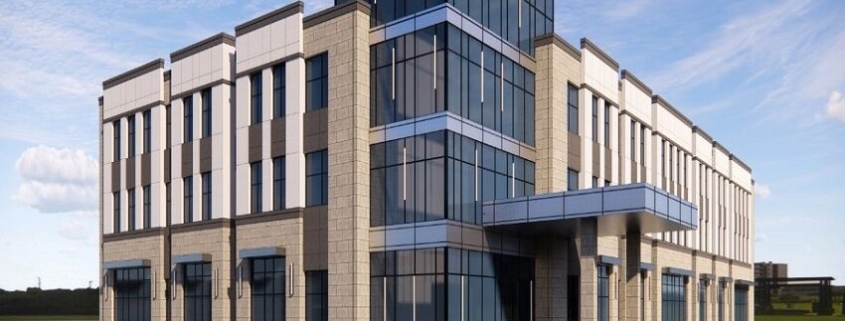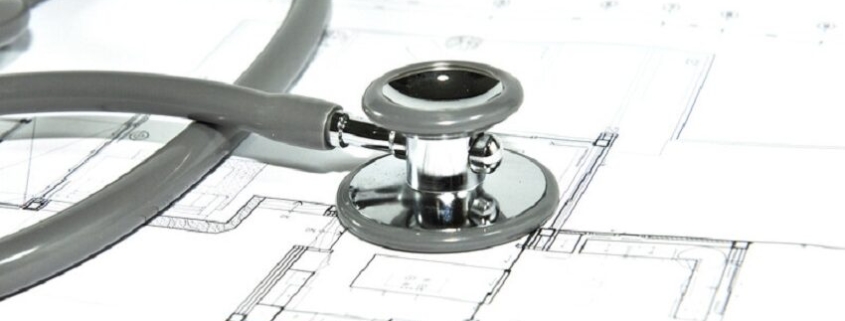New Medical Office Building Is On The Way In Frisco
Dallas-based medical property firm Caddis Partners is building an office building in Frisco.
The 60,000-square-foot Frisco Medical Pavilion II will be located at 12950 Dallas Parkway near Texas Health Frisco hospital. Construction is set to start midyear with an opening in the summer of 2023. Transwestern Real Estate Services is marketing the project to medical tenants.
“Building on the success of our Frisco Medical Pavilion development, which broke ground in 2018 and is now 100% leased, we are excited to begin the development of Frisco Medical Pavilion II in the fast-growing Frisco, Texas, market,” Caddis’ W. Todd Jensen said in a statement.
The medical office building will include space for a potential ambulatory surgical center on the first floor.
“Built with both the physician and patient in mind, Frisco Medical Pavilion II is an excellent opportunity for specialty medical practices seeking Class A space in one of the fastest-growing submarkets in the United States,” Transwestern’s Brooke Sutherland said.
Caddis oversees a portfolio of more than 70 properties across 16 states with almost 5 million square feet. Caddis has offices in Dallas, Atlanta, Phoenix, Houston and Washington, D.C.
Source: The Dallas Morning News




